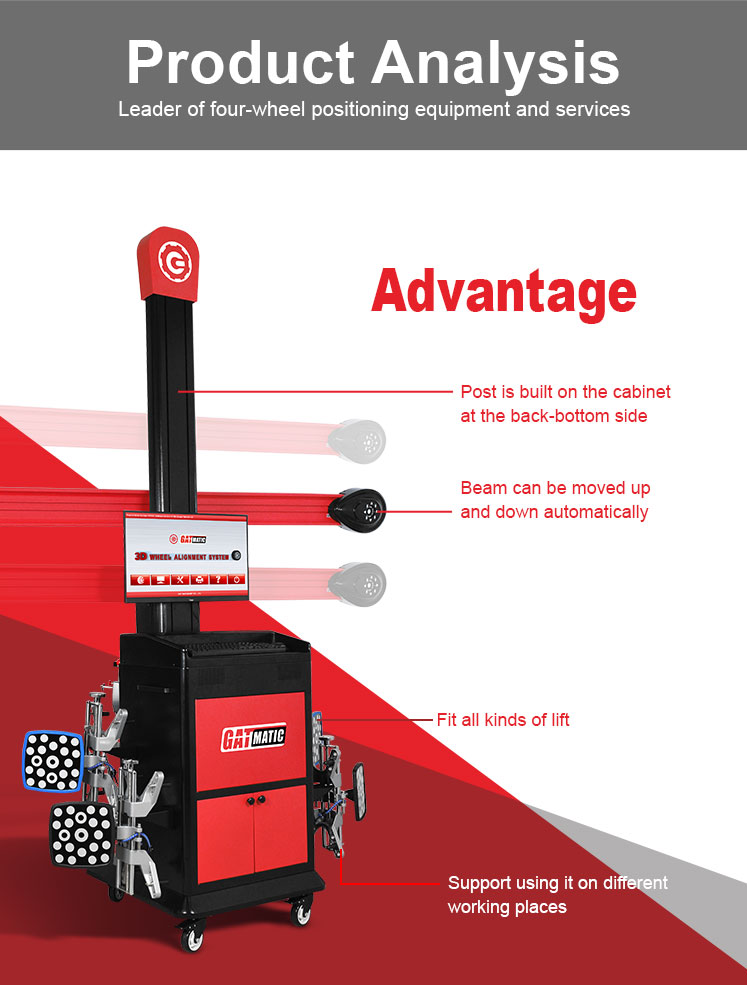Why is my car vigorously shaking when i get to high speeds?
Driving at high speeds should be a smooth and comfortable experience, but if your car starts shaking vigorously when you hit those faster speeds, it can be a cause for concern. In most cases, this unsettling shaking is due to improper wheel alignment. In this article, we will explore why your car behaves this way and how a wheel aligner can help you regain that smooth, vibration-free ride.
I. What is a Wheel Aligner?
A wheel aligner is a crucial tool used by automotive professionals to ensure that your car’s wheels are perfectly positioned according to the manufacturer’s specifications. Proper wheel alignment is essential for safe and efficient driving. It involves adjusting the angles of the wheels so that they are perpendicular to the ground and parallel to each other.
II. Importance of Proper Wheel Alignment
Having your wheels properly aligned is not just about preventing a shaky ride; it also plays a pivotal role in maintaining the overall health and performance of your vehicle. Correct wheel alignment offers several benefits, including:
- Improved tire longevity
- Enhanced fuel efficiency
- Better handling and stability
- Safer driving experience
III. Common Symptoms of Misaligned Wheels
Before delving into why your car shakes at high speeds, let’s identify some common symptoms of misaligned wheels. These symptoms include:
- Uneven tire wear
- Steering wheel off-center
- Vehicle pulling to one side
- Steering wheel vibrations
- Noisy or squealing tires
IV. Why Does My Car Shake at High Speeds?
Now, let’s address the question at hand: why does your car shake vigorously when you reach high speeds? When your wheels are misaligned, they can’t work together seamlessly. As a result, your tires fight against each other, causing vibrations that can be felt through the steering wheel and the entire vehicle.
V. How Wheel Alignment Can Resolve Shaking Issues
Proper wheel alignment ensures that your tires make optimal contact with the road, eliminating the uneven tire wear that can lead to shaking. It corrects the angles of your wheels, bringing them back into alignment and reducing vibrations. By doing so, it restores the smoothness of your ride.
VI. The Wheel Alignment Process
Wheel alignment involves adjusting three key angles: camber, caster, and toe. Camber pertains to the vertical angle of the tire, caster deals with the steering axis angle, and toe refers to the angle at which the tires point in or out. A professional wheel aligner will adjust these angles with precision to restore your vehicle’s proper alignment.
VII. Signs You Need a Wheel Alignment
Knowing when to seek a wheel alignment is crucial. If you notice any of the symptoms mentioned earlier, it’s time to schedule a wheel alignment service. Additionally, it’s a good practice to have your wheels checked regularly to prevent issues before they become severe.
VIII. DIY Wheel Alignment vs. Professional Service
While some car maintenance tasks can be DIY projects, wheel alignment is best left to the professionals. Precise equipment and expertise are required to ensure that your wheels are aligned correctly. Attempting a DIY alignment can result in further issues and may not solve the shaking problem.
IX. Consequences of Ignoring Wheel Alignment
If you continue to ignore the need for wheel alignment, the consequences can be severe. Misaligned wheels not only cause discomfort but can also lead to uneven tire wear and reduced fuel efficiency. Furthermore, it can compromise your safety on the road.
X. Benefits of Regular Wheel Alignments
Regular wheel alignments offer numerous advantages. They extend the life of your tires, improve fuel economy, and enhance the overall driving experience. By maintaining proper wheel alignment, you’re investing in the longevity and efficiency of your vehicle.
XI. FAQs About Wheel Alignment
1. How often should I have my wheel alignment checked?
It’s a good practice to have your wheel alignment checked annually or whenever you notice any symptoms of misalignment.
2. Can I align my wheels myself using online guides?
While DIY guides are available, it’s highly recommended to have your wheel alignment done by a professional for precision and safety.
3. How long does a typical wheel alignment service take?
A standard wheel alignment usually takes about one to two hours.
4. Is wheel alignment covered by my car’s warranty?
Wheel alignment may be covered by your car’s warranty if it’s proven to be a manufacturer’s defect.
5. Can wheel alignment solve all vibration issues?
While wheel alignment can resolve many vibration issues, there could be other factors, such as tire balance or suspension problems, contributing to the vibrations.
Conclusion
Your car’s vigorous shaking at high speeds is often a clear sign of misaligned wheels. By investing in regular wheel alignments and addressing alignment issues promptly, you can enjoy a smooth, comfortable, and safe driving experience. Don’t ignore the symptoms; get your wheels aligned today.
Get Access Now: https://www.gat-matic.com
Describe Your Needs In Detail!
We will carefully evaluate your needs and give professional solutions.



